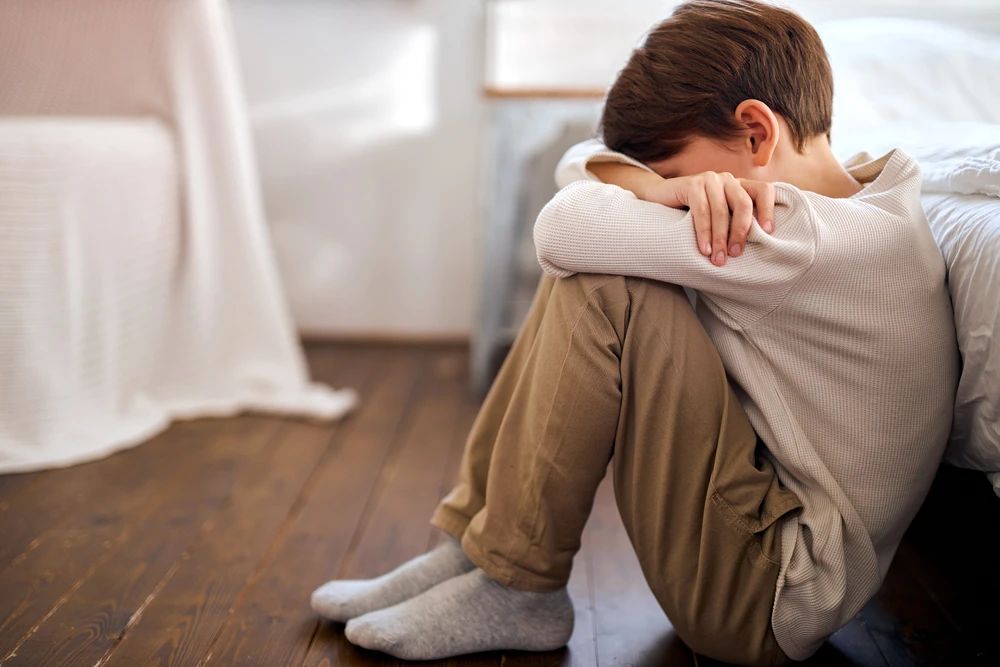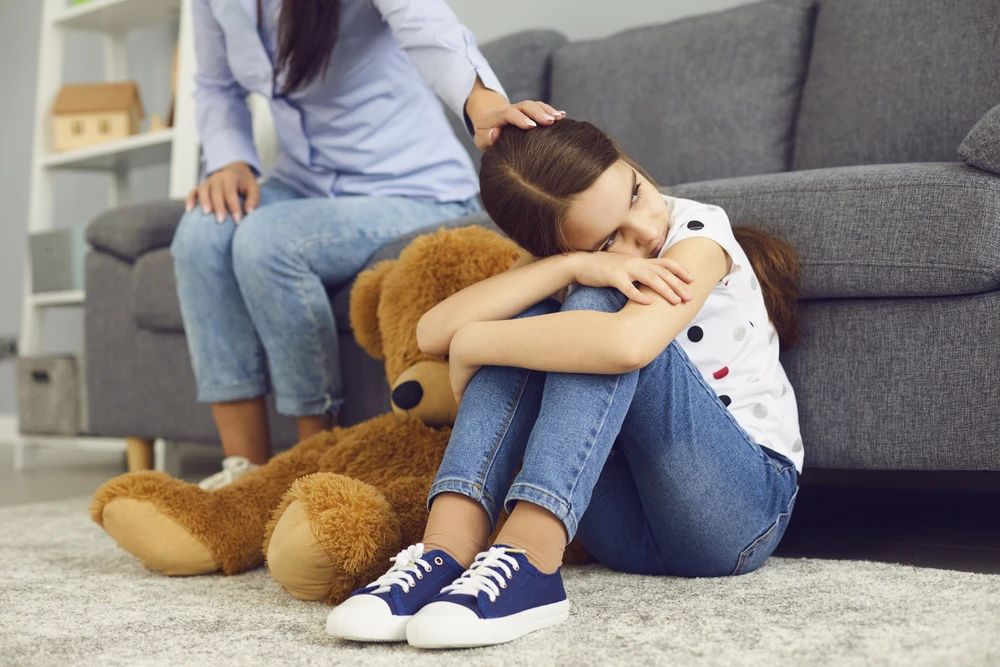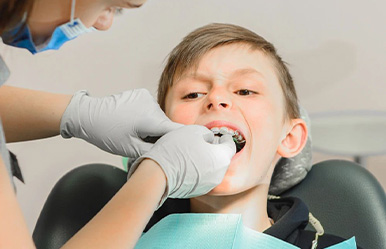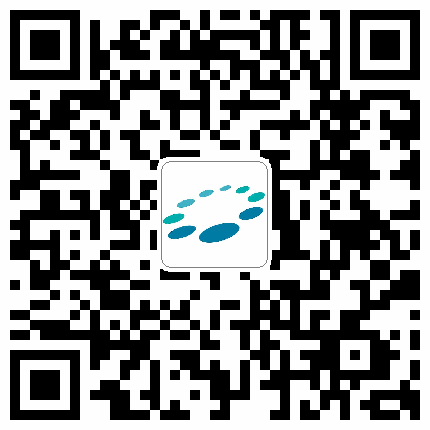Childhood Depression——Symptoms & Treatment
2025-05-13
Childhood depression is a very complex disorder, as reflected in the extent to which its presentation is influenced by developmental factors, the degree to which it is associated with other disorders, and the negative and long-lasting impact it has on all areas of psycho-social functioning. Although depression appears to be a relatively rare disorder among children, its prevalence increases with age, with as many as 20% of preadolescents and 65% of teenagers reporting subclinical symptoms of depression [1].
1、Symptoms
It is more likely to see depression in kids than hear from them due to the developmental course. Many kids have trouble using language to articulate their problems lack the cognitive and social skills. Furthermore, it would be a complicated and challenging task for them to recognize and identify their feelings in the first place when they are experiencing hard times that produce many concurrent and conflicting feelings.

Nevertheless, the following characteristics may be observed to indicate that a child is struggling with depression:
Frequent sadness;
Hopelessness;
Low self-esteem;
Beliefs of worthlessness;
Feelings of guilt/shame;
Loss of interest in activities found pleasurable;
Persistent boredom;
Extreme sensitivity to, or fear of rejection;
Relational difficulties;
Social Isolation;
Irritability;
Frequent absences from school;
Decrease school performance, increase in school absences;
Poor concentration;
A major change in eating or sleeping (e.g. weight gain/loss);
Self-destructive behavior;
Substance abuse;
Suicidal thoughts & behavior.
2、Treatment
For children, Cognitive-Behavioral Therapy (CBT), including aspects such as problem solving, social skills, attribution, and self-control training, has been shown to be the most efficacious treatment [2]. In addition, Interpersonal Therapy for Adolescents (IPT-A), which looks at patterns of communication in relationships, has been shown to work with adolescents and may be most effective for those youth showing high conflict with parents, more severe depression, and co-occurring anxiety disorders [3]. Play therapy may be the most effective for those who have trouble discussing their problems or expressing their feelings[4].
Interventions for suicidal behavior should be an integral part of the treatment plan, especially for adolescents. The first suicidal intervention is the assessment. Suicide assessment may necessarily be repeated throughout treatment while frequency is determined and adjusted according to level of risk. Hospitalization needs to be taken into account in order to implement 24 hours suicide watch for the safety reason.
Various factors must be considered when decision is to be made whether medication should be part of the treatment, including the severity, persistence, and recurrence of the child’s symptoms; the child’s response (or lack of response) to psychosocial interventions; the presence of comorbid conditions, such as ADHD and anxiety; and the parents’ and child’s feelings about medication.

3、Final Thoughts
Despite the biological and family factors that increase the risk of depression, it is nobody’s fault. For childhood depression, stigma can deteriorate feelings of guilt/shame and social isolation. However, both parents and the child need to be empowered to engage in recovery-focused behaviors. It takes courage and humility to reach out for help, but you deserve getting the support you need, for your child and yourself.
References:
1. Wesselhoeft, R., Sorensen, M. J., Heiervang, E. R. & Bilenberg, N. (2013). Subthreshold depression in children and adolescents: A systematic review. Journal of Affective Disorders, 151(1), 7-22.
2. Schroeder, C. S. & Smith-Boydston, J. M. (2017). Assessment and treatment or childhood problems; A clinician’s guide. New York: Guilford Press.
3. Maalouf, F. T., & Brent, D. A. (2012). Child and adolescent depression intervention overview: What works, for whom and how well? Child and Adolescent Psychiatric Clinic of North America, 21, 299-312.
4. Axline, V. M. (1947). Play therapy (1st ed.). London, England: Churchill Livingstone.
Article contributed by Casey Wang, mental health counselor of Parkway.






























